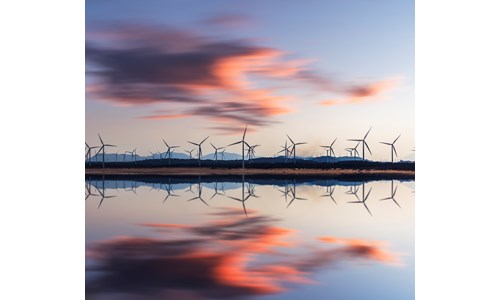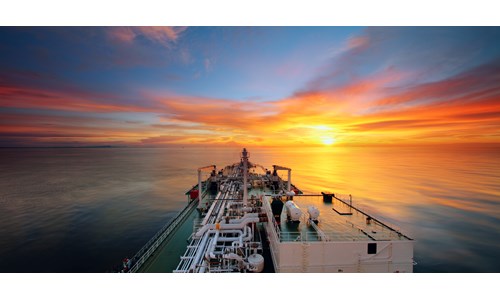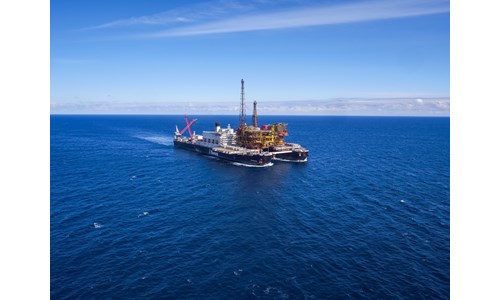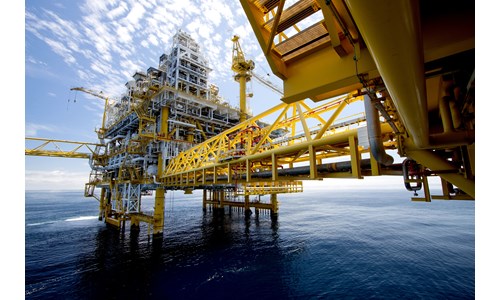The great deepwater debate: operate or partner in US Gulf of Mexico
This report is currently unavailable
*Please note that this report only includes an Excel data file if this is indicated in "What's included" below
Report summary
Table of contents
- Executive summary
- Peers stick together, but not always
- Operating: the good, the bad, and the unexpected
-
Non-operating: pick your play
- The state of the US GoM
- Heavy operators (>75% remaining commercial operated reserves)
- Balanced (25% to 75% remaining commercial operated reserves)
- Light operators (<25% remaining commercial operated reserves)
- Non-operaters (no remaining commercial operated reserves)
- Sink or swim
Tables and charts
This report includes the following images and tables:
- Operated and partnered commercial remaining reserves*
- Major operated fields by partner type
- Large cap independents operated fields by partner type
- Other operated fields by partner type
- Operated reserves by play type
- Operate - or not
- Operated and partnered production growth
What's included
This report contains:
Other reports you may be interested in
Jolliet/Marquette
The Jolliet (GC 184)/Marquette (GC 52) development encompasses two small, mature oil and gas fields located in the Green Canyon ...
$3,720Ewing Bank 998
Ewing Bank 998 is a small field located in the Flextrend area of the Central Gulf of Mexico. The field was discovered in February 2009 ...
$3,720Ticonderoga (GC 768)
Ticonderoga (GC 768) is located in the central region of the Green Canyon protraction area of the Gulf of Mexico. The field has been ...
$3,720














